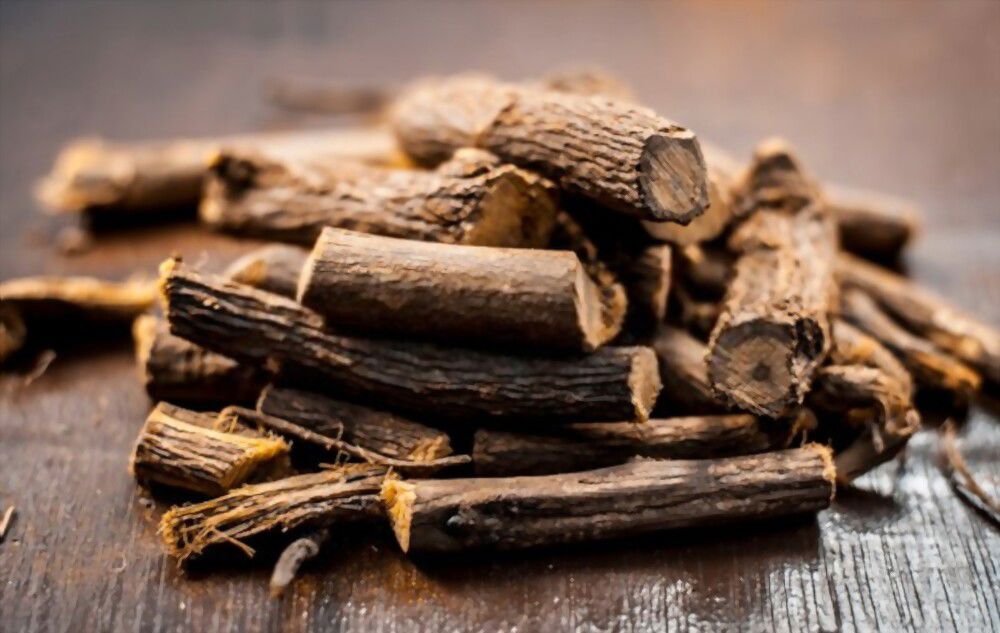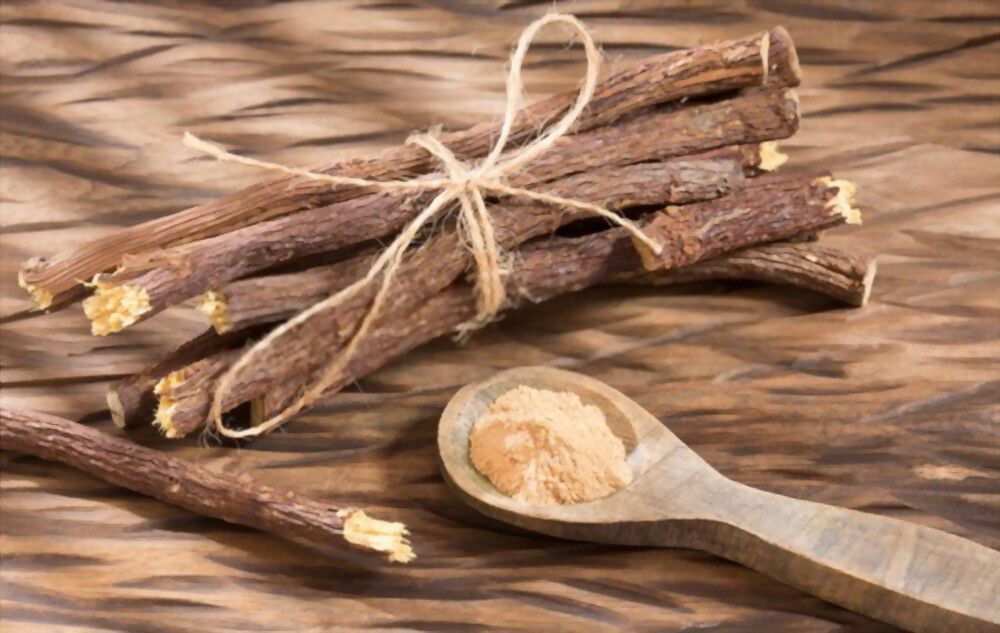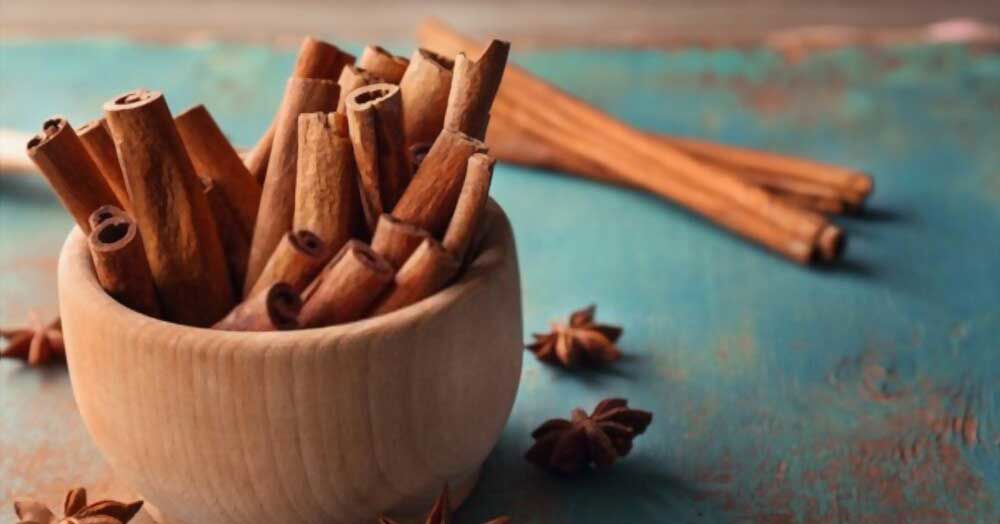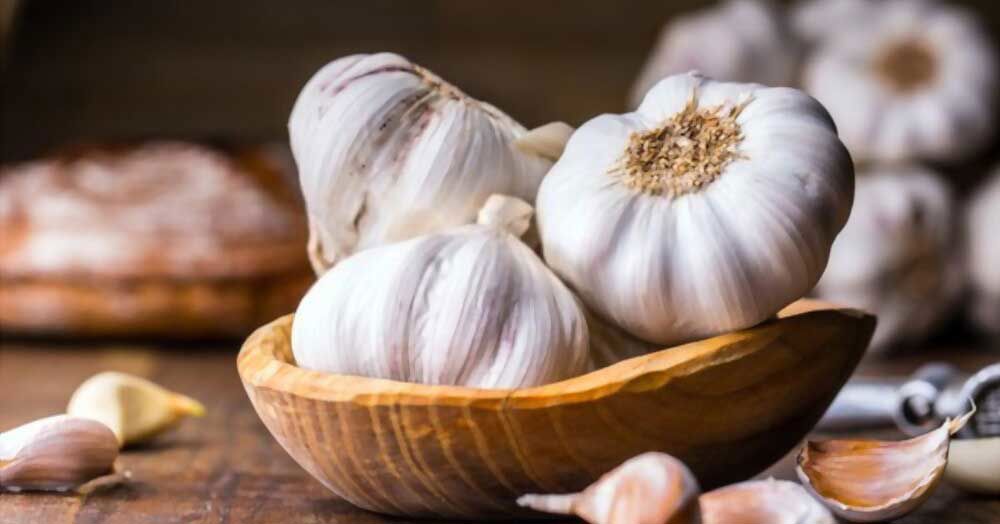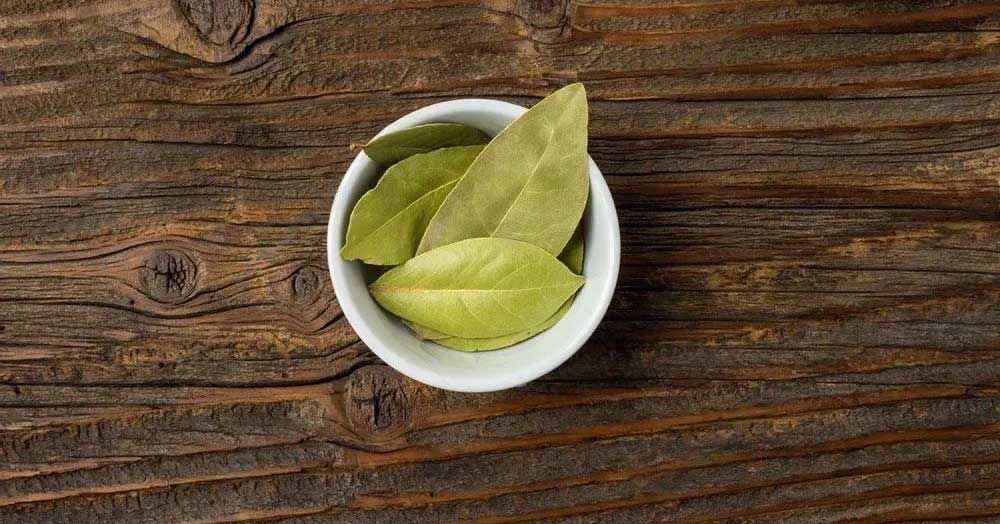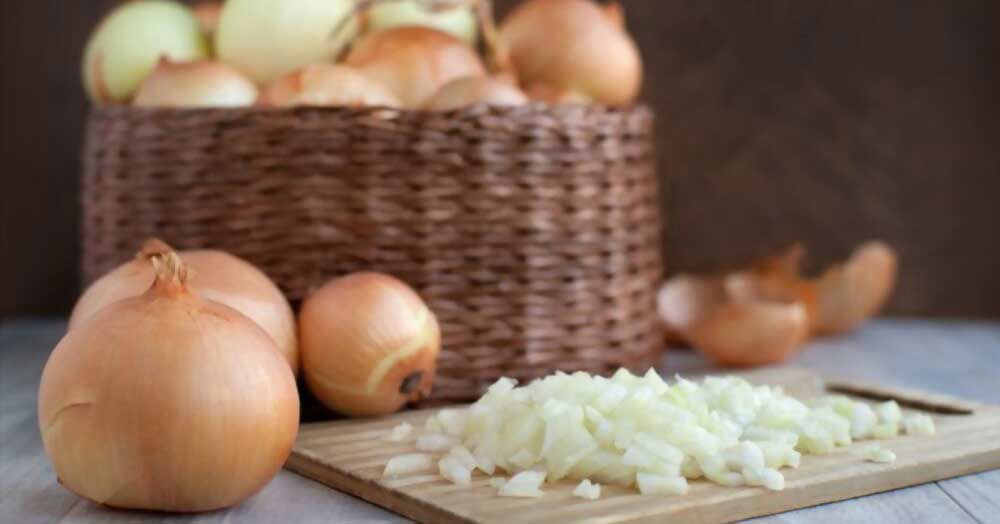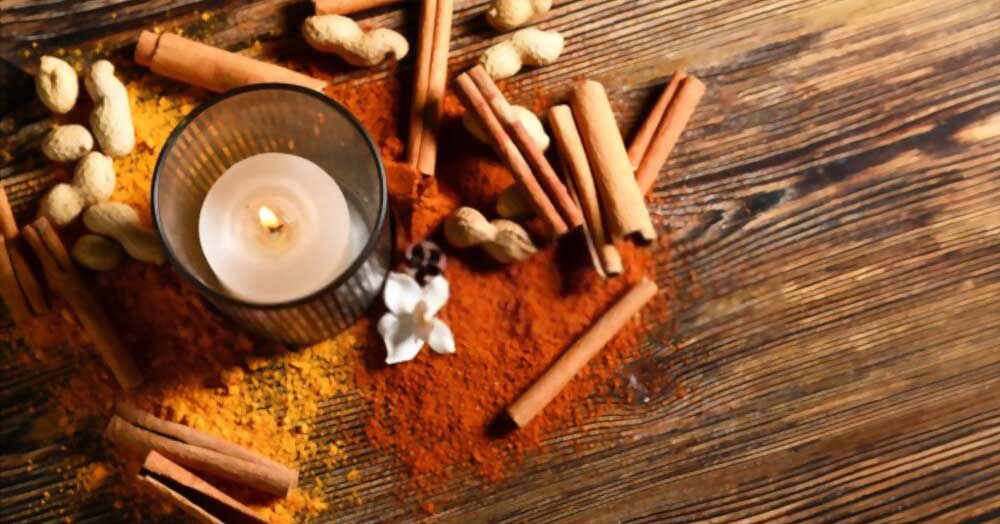Licorice root is a versatile herb that has been used for centuries for both its medicinal and spiritual properties. This herb can be found in many forms, including powder, extract, and tincture. It has a sweet flavor and is often used to make teas and other herbal remedies. Licorice root can also be used as an incense or smudge stick. In this blog post, we will discuss the spiritual and medicinal uses of licorice root!
1. Origin and history of licorice root
Licorice is believed to have originated in the Middle East, where it has been used medicinally for thousands of years. Licorice root was first mentioned in the Ebers Papyrus, an ancient Egyptian medical text dating back to 1550 BC, and it was also used by Ancient Greeks and Romans as a remedy for ailments such as coughs and sore throats. During the Middle Ages, licorice root was commonly prescribed by physicians to treat various health conditions.
The scientific name for licorice root is Glycyrrhiza glabra, which translates to "sweet root." Over time, it has become popular throughout the world for its unique flavor and health benefits. Licorice root can be found in several forms including powder, extract, ointment, syrup, tea, and candy.
In more recent centuries, licorice became popular in Europe due to its digestive benefits and sweet flavor. It wasn’t until the early 1800s that licorice candy was invented-it started out as a syrup or extract made from the plant’s root and then mixed with sugar and other ingredients. In the late 1800s, licorice extract was made into a paste that could be molded into various shapes, such as sticks or wheels.
Today, it's often added to herbal teas due to its sweet taste and purported health benefits. In the United States, licorice first appeared in candy stores in the early 1900s. Additionally, licorice root is used in traditional Chinese medicine to enhance the effects of other herbs that are commonly prescribed for various ailments. In modern times, licorice root has been studied for its potential anti-inflammatory and antioxidant effects, as well as its ability to help manage certain conditions such as diabetes, heart disease, and even cancer.
2. Licorice root spiritual uses
Licorice root is an important herb in many spiritual traditions, both as a physical aid and as a symbolic representation of certain metaphysical concepts.
2.1. Licorice root is often used in rituals to attract luck
Licorice root is a popular good luck charm for many people around the world. This magical root has been used for centuries in many cultures to bring good luck, protect from evil and attract positive energy.
In Chinese culture, licorice root is believed to symbolize good fortune, prosperity, and success. The sweet taste of the root also makes it an excellent offering to gods or spirits in rituals of protection.
2.2. It has also been used to cleanse a space prior to ritual work, or even during rituals for cleansing negative energies
Many believe that when powdered licorice root is added to food or drinks, it will bring blessings and ward off bad energy.
Burning licorice root can be used in smudging ceremonies, where it can help to clear away negative thoughts or feelings from people or objects. Additionally, simply carrying a piece of licorice root on your person is thought to keep any negative influences at bay.
2.3. Licorice root can also be employed for divination purposes
It's said that holding two pieces of licorice root may bring clarity on difficult decisions or questions that need to be answered.
2.4. Licorice root can also be used for protection and healing
It is believed that wrapping it in a red cloth and hanging it on the front door will protect it from negative influences while burning licorice root as incense is said to bring comfort and peace of mind during difficult times.
2.5. Licorice root is often seen as a representation of eternity
Licorice has been cherished in Chinese culture since ancient times. Licorice is also often presented as a symbol of eternity or luck because of its long-lasting flavor and distinctive sweetness. It is considered auspicious for couples to eat licorice together on special occasions such as weddings or birthdays, signifying their everlasting love for one another. In addition, the Chinese character for licorice is said to represent two people standing side by side; this further emphasizes why licorice has become an enduring symbol of unity and harmony within Chinese culture.
In all these ways, licorice root has been employed for centuries in spiritual ceremonies and rituals, to bring its users closer to their true selves. It's no wonder why it remains a powerful herb in many spiritual practices today.
3. What does the licorice root symbolize?
In some cultures, it may be associated with healing and luck, while in others it might represent strength or protection. It is also often used as a symbol of endurance since its sweet flavor can last for quite a long time.
In Chinese culture, licorice root is seen as a symbol of longevity and “sweetness for eternity”. In traditional Chinese medicine, licorice root is used to treat various ailments such as sore throat and coughs. Licorice is also seen as an important herb in the Five Element Theory. It's believed that this root can help regulate the body’s qi energy balance, which helps maintain health and keep away disease. The flavor of licorice root is thought to be calming and grounding, helping individuals stay focused and relaxed while they work or study. This makes it especially popular among students who may be facing exams or intense periods of studying. So next time you feel like giving someone a gift with special meaning, look to licorice root for a symbol of health, longevity, and sweetness that will last forever.
Conclusion
It is important to remember that when working with any sort of spiritual plant ally, always do your research and be respectful. Be sure you are clear about your intentions before consuming anything. With that said, a licorice root is a powerful tool that can offer many benefits when used correctly. We hope this article has given you a better understanding of the spiritual uses for licorice root so that you can decide if it’s something you’d like to work with.

